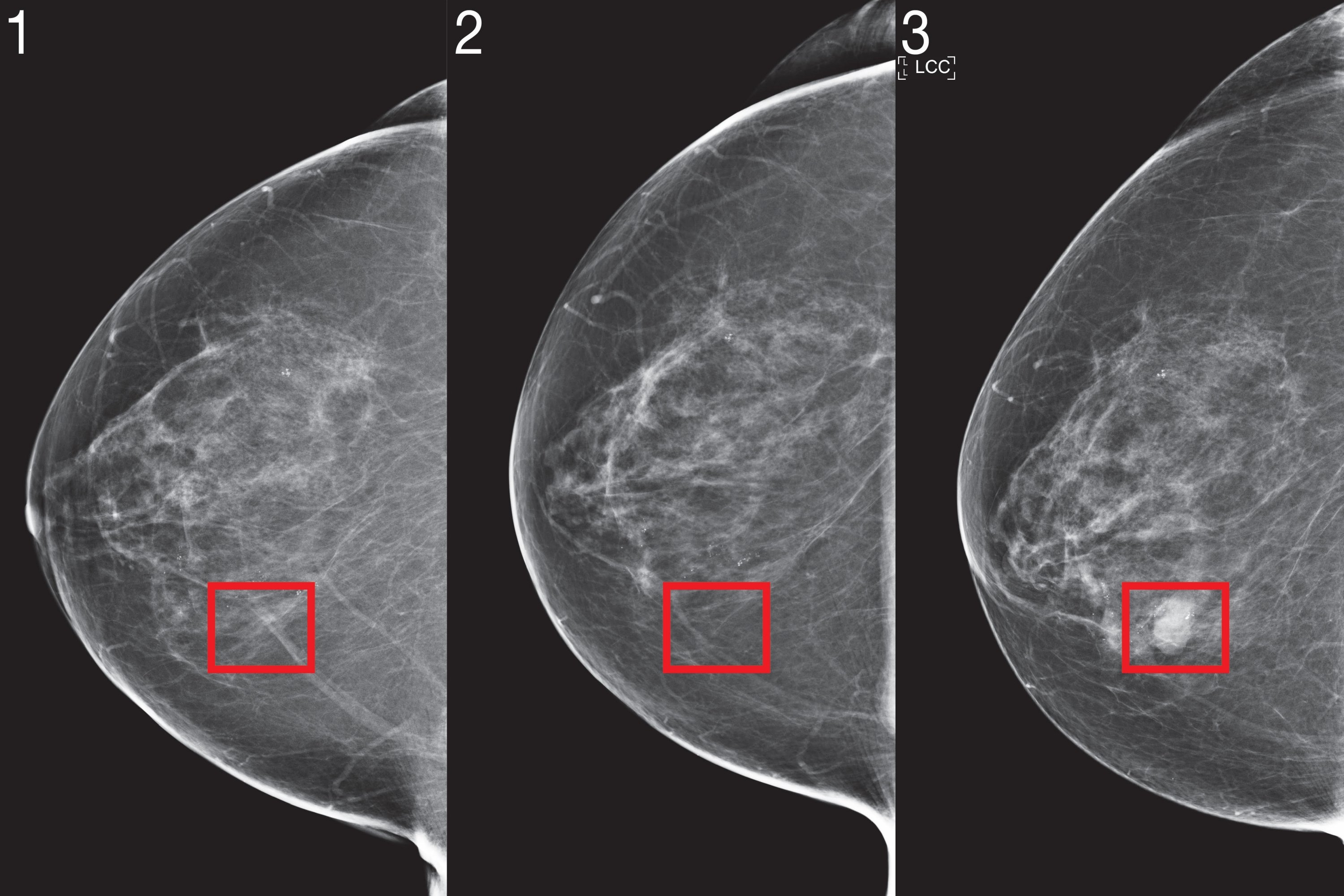Fashion Leaning on AI for a Makeover of Its Business Model, to be More Green
By AI Trends Staff A Los Angeles fashion house is using AI to change the business model of the fashion industry, which historically has high risks related to unsold inventory. Finesse is using AI to tailor limited releases of merchandise, called “drops,” in response to votes from customers on its website. “Fashion nowadays creates thousands of […]


By AI Trends Staff
A Los Angeles fashion house is using AI to change the business model of the fashion industry, which historically has high risks related to unsold inventory.
Finesse is using AI to tailor limited releases of merchandise, called “drops,” in response to votes from customers on its website.

“Fashion nowadays creates thousands of pieces every month. We created this because we want fashion to be more sustainable,” stated Ramin Ahmari, founder and chief executive of Finesse, in a recent account in Fortune.
Sustainability is a theme of many young entrepreneurs in the fashion industry, who aim to apply technology to make better use of forecasting, pricing and operational research to reduce waste.
Finesse closed a $4.5 million seed round of financing in January. The company is now listing eight limited-edited drops on its website, from street wear to dresses, that were chosen carefully by analyzing data including social media trends and customer votes. The idea is to produce the products most likely to sell in small lots. “We will only have the stuff that sells,” Ahmari stated.
He started his career on Wall Street, with summer internships at Morgan Stanley, BlackRock and TwoSigma, a hedge fund, where he explored data analysis. “We would look at financial data and make multimillion-dollar decisions,” he stated. “But we don’t look at social data in the same way, even though it’s quite expressive and can tell us what kinds of items are worth the investment.”
He used that idea as a foundation to launch Finesse, which closely tracks quantitative research and text data on social media, online blogs, and Google trends. “It’s pattern matching, trying to make sense of unstructured social data,” he stated. “We take inspiration, and we go into production on that.”
The company uses 3D virtual prototyping to produce designs, bypassing the need for physical samples. It uses the data it has gathered to make a prediction on how much to manufacture, predictions that should get better over time as more data is gathered.
Data Scientist Created Sustainability Benchmark for Fashion Industry
One sustainability consultant sees the fashion industry as being in a good position to exploit AI technology trends to its benefit as Finesse is doing.

“We believe that the industry can move toward sustainability by determining sustainable brands,” stated Joanneke Meijer, a Manager at Amsterdam Data Collective and initiator of a benchmark to measure a fashion brand’s degree of sustainability, in an account at Open Data Science.. She is an experienced data science consultant, focusing on forecasting, pricing, operational research, and text mining. “We use scraping, artificial intelligence, natural language processing, and explainability to provide more sustainable clothing information, faster than current approaches,” she stated.
To build the benchmark, she devised an automated approach to gather information from websites, blogs, and books with information on clothing brands trying to make a difference on sustainability. “In data science, you often start with a dataset that needs a lot of cleaning,” she stated. For the fashion project, her team started by creating a database containing more than 2,000 clothing brands using the Google Search API. To build a supervised model, the team collected training examples of sustainable and unsustainable clothing brands.
From this small dataset, the team trained an AI model. Natural language processing was used to prepare the text obtained from websites for classification. Certain words in the text were represented as numbers, which a Support Vector Machine with a linear kernel was trained to assign sustainability labels. “We had to be smart about scraping exactly the right amount of data,” Meijer stated.
Word clouds produced from the first examination of the data showed clear differences between sustainable and other brands. The team emphasized explainable results, to further trust in the model’s predictions.
“Explainability is crucial for people to believe the outcomes,” Meijer stated. “In our case, it also improved the quality of our preprocessing. As a result, we now have several models with over 80% accuracy.”
To get the word out about the fashion sustainability benchmark, Meijer and her team built a website, goodbase.ai.Visitors can search by clothing brand, and see if the brand has a green indicator for Sustainable or red for Not Sustainable.
Factors that go into the benchmark include: whether the clothes are made of organic materials; the labor conditions in the brand’s factories; and the amount of pollution created by the brand’s supply chain; and recycling policies.
Green Fashion Practices Seen Taking Over Industry
Fashion is responsible for 92 million tons of solid waste dumped in landfills every year, and the industry is believed to be the second-largest consumer of the world’s water supply, and accounts for 10% of humanity’s carbon emissions, according to an account from Tata Consultancy Services written by Shilpa Rao, head of AI-Powered Strategic Intelligence for the firm.
Green fashion is starting to take over as a result. “Retailers can ensure that their customers look good while their operations remain profitable by investing in sustainable fashion technologies and applying newer technologies such as AI across the fashion value chain,” she stated.
New green practices in the fashion industry include: for manufacturing, use of 3D modeling; for sourcing, consolidation of required material compositions; for designing, to help personalize tailored outfits and create new combinations; and for ordering, use of AI to predict trends based on social and other data, to help buy the right quantities.
Read the source articles and information in Fortune, at Open Data Science and from Tata Consultancy Services.





































